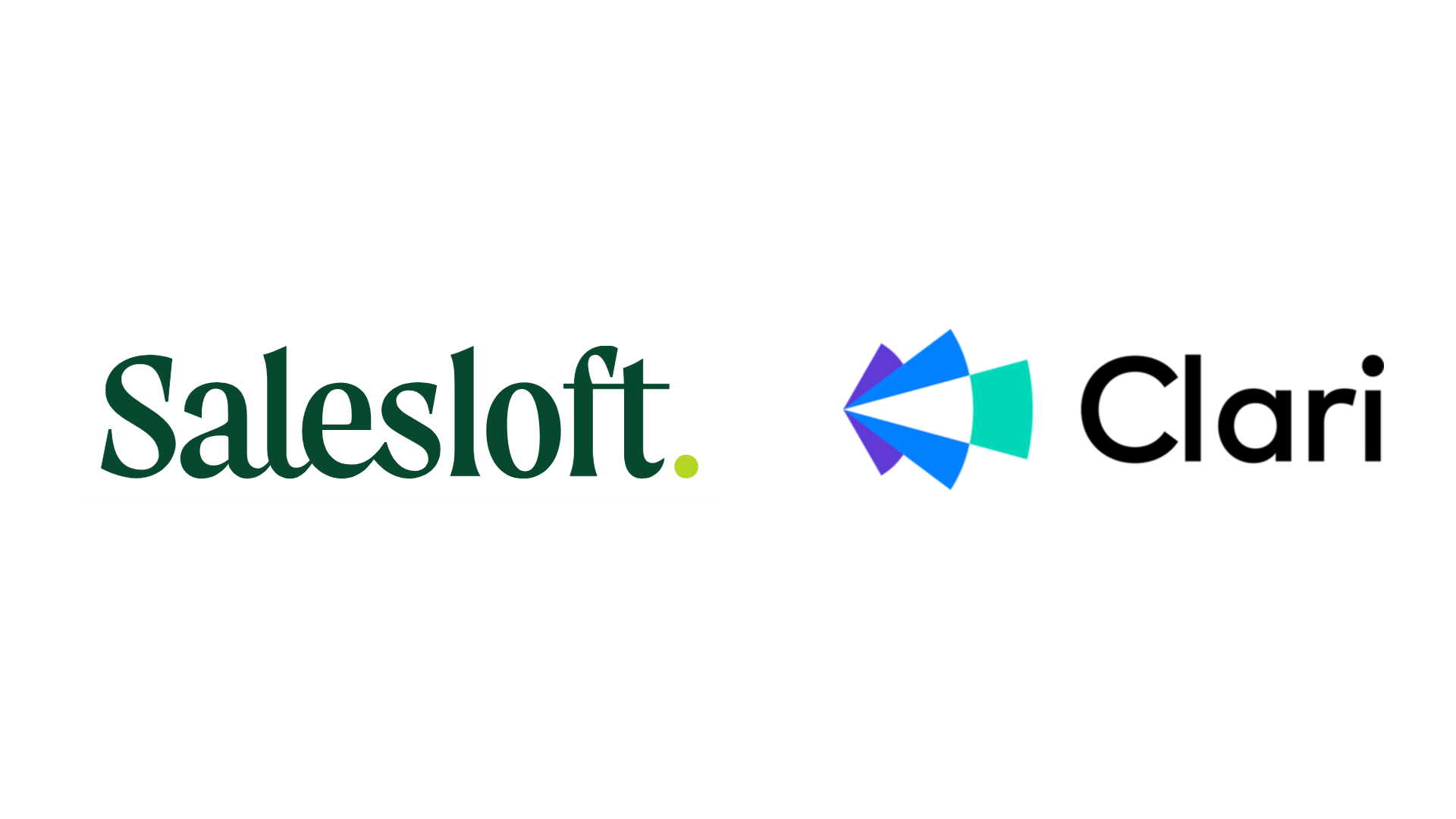The tech power couple, AI and data, made another splash this week when Salesloft and Clari agreed to merge.
The companies, both players in revenue orchestration, say the deal marks the beginning of “autonomous revenue systems,” where humans and agents will work together to unlock new levels of productivity and growth.
When the deal closes later in 2025, the combined company will have a broad, deep dataset and workflow footprint thanks to its ability to capture critical buyer signals and thousands of human actions and their outcomes. The companies claim the combined entity is capable of ingesting more than 10 billion revenue actions and 1 trillion data signals.
This data can serve as the foundation for training and enriching LLM models and AI agents, which can guide humans and machines with the information needed to make decisions and take action.
Dig deeper: CFOs want hard numbers, not brand vibes
What does the Clari-Salesloft merger mean for marketers?
Salesloft is commonly considered a tool sellers use to help orchestrate outbound email sequences. Clari offers tools to help with engagement and enrichment.
Both vendors are often tied to the sales side of the revenue organization, though the size of the organization and its structure play a role in who uses the tools and who decides to buy them.
However, as data and AI play an increasingly critical role in revenue teams, Clari and Salesloft have developed applications extending beyond sales. That has many vendors in the space thinking about how data and AI might finally align sales and marketing.
Clari and Salesloft say the combined company will be capable of unifying all revenue team members, including those under the CMO, CCO, CIO and CRO, as well as front-line sellers, because it will offer comprehensive revenue workflow coverage that spans the entire revenue cycle, across every motion that drives revenue.
In the end, marketers love data. It’s nice to know what customers and prospects are thinking and what motivates them to buy (or not). The merger will help marketing teams surface plenty of data, including action- and outcome-based signals across email, phone calls, buyer behaviors, forecasts, deal momentum and more, in one platform.
There’s also an opportunity to better align sales and marketing workflows, helping to align and orchestrate campaigns. For example, visibility into what each team is doing can help align messages between ad campaigns and outbound sales emails.
AI-powered decisioning will also benefit marketers with recommendations for content, engagement, timing and personas.
Dig deeper: Why AI-powered customer engagement projects fail before they start
What does the Clari-Salesloft merger mean for marketing ops and RevOps?
The Clari-Salesloft merger is also a sign that things are beginning to flatten in the modern revenue organization, where unified data layers and workflows are becoming more common.
Does that mean the roles of marketing operations and revenue operations (RevOps) are on a collision course?
Once again, that answer depends on the organizational structure and the size of the team. However, tasks like data hygiene, attribution models and stack integration can sometimes be handled by either role.
How and who will manage emerging areas like AI agent design and deployment remains to be seen.
However, there are still foundational differences between the two roles. Marketing ops is more closely tied to campaigns, and is often involved in content, brand and lead generation initiatives. RevOps is more closely tied to sales operations and is more involved with forecasting, quotes and pipeline management.
At least that’s how it stands this week. But everything is changing, so stay tuned.
Fuel up with free marketing insights.
